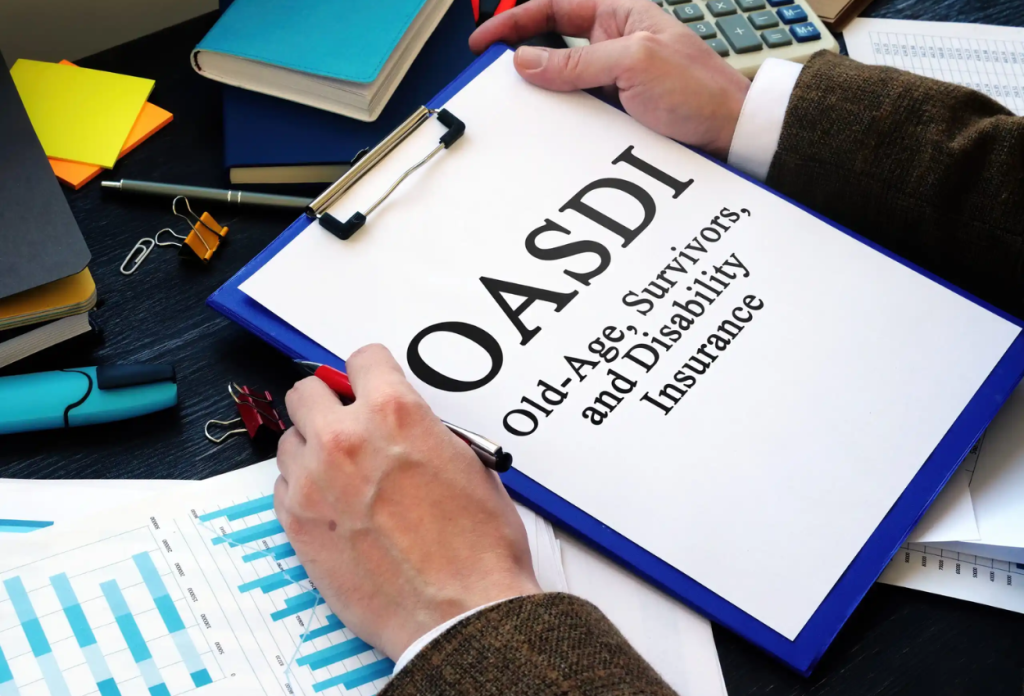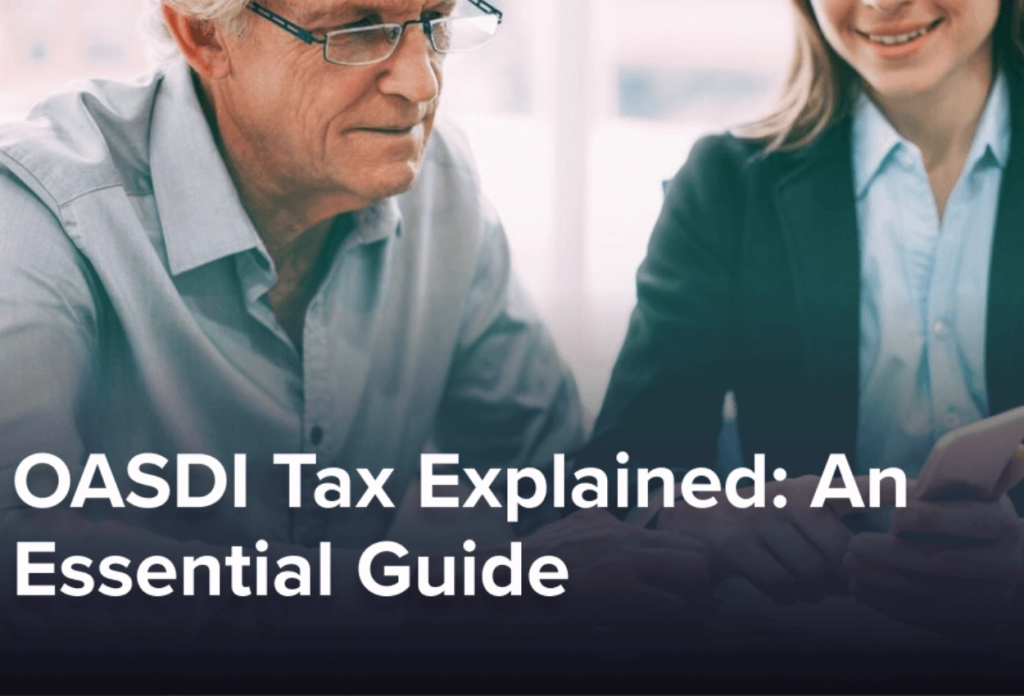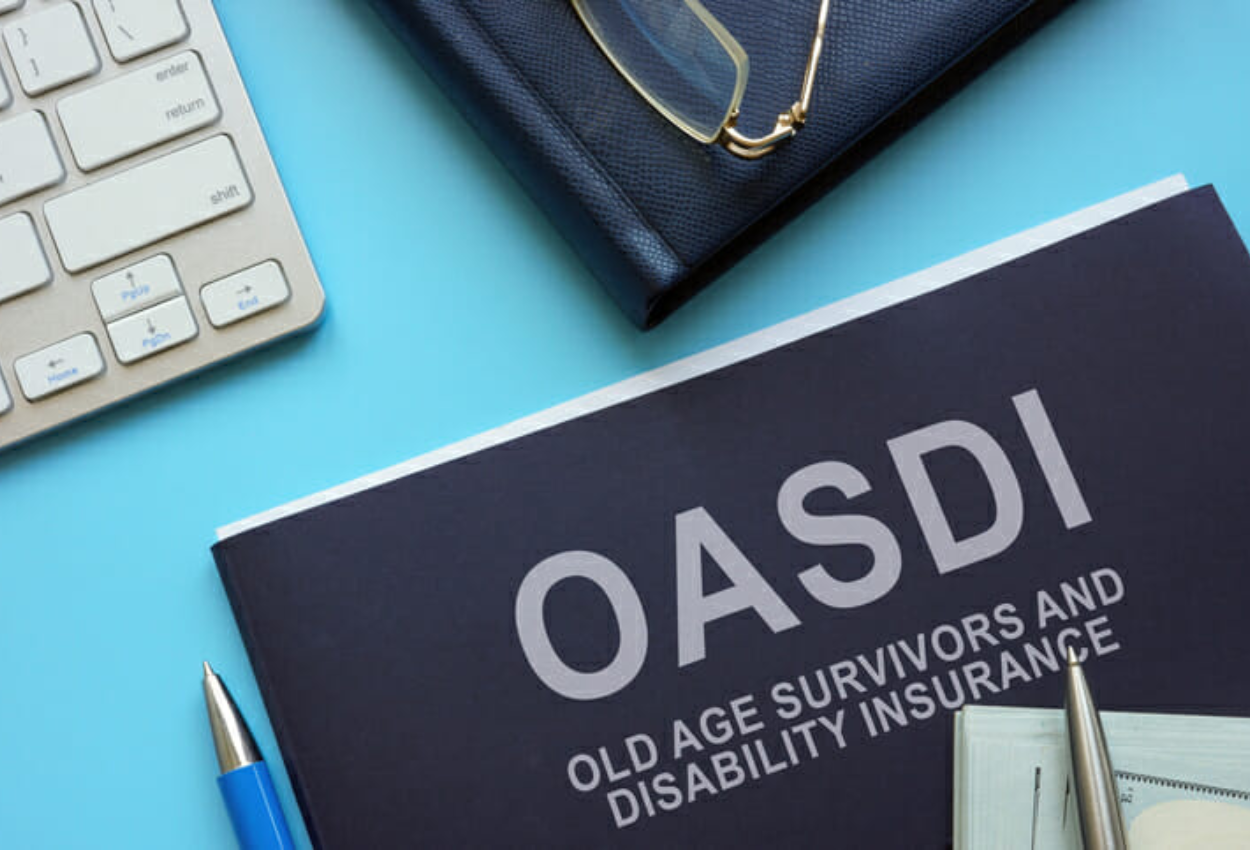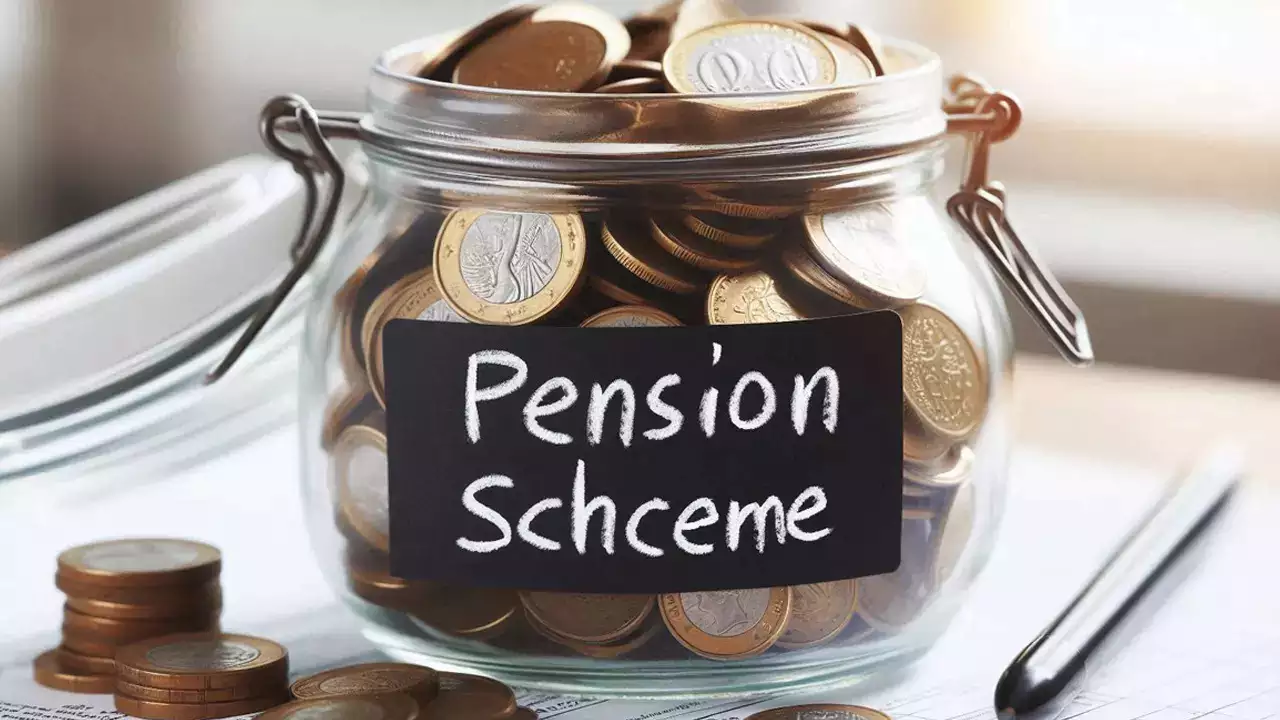When you check your paycheck, you’ll notice a chunk of money missing before it even reaches your bank account. Taxes, health insurance, and retirement contributions all play a role, but one deduction you may not fully understand is the OASDI tax.
This tax directly affects your future financial security, yet most people don’t know much about it. Let’s break it down in simple terms so you can understand why it’s there and how it impacts you.
What Is the OASDI Tax?

OASDI stands for Old-Age, Survivors, and Disability Insurance but most people just call it the Social Security tax. It’s one of the two mandatory payroll taxes under FICA (Federal Insurance Contributions Act), with the other being Medicare.
The OASDI tax funds Social Security benefits for retirees, disabled individuals, and families of deceased workers. If you’ve ever heard someone say, “I paid into Social Security my whole life,” they’re talking about this tax.
Who Pays the OASDI Tax?
Almost everyone with a job in the U.S. contributes to the OASDI tax. Whether you’re an employee or self-employed, you’re required to pay:
- Employees: You pay 6.2% of your wages toward the OASDI tax, and your employer matches that amount.
- Self-Employed Workers: You’re responsible for the full 12.4%, but you may qualify for tax deductions to ease the burden.
However, there are some exceptions. Certain students, religious organizations, and individuals earning less than $400 annually from self-employment might not have to pay this tax.
How Much OASDI Tax Do You Pay?
For 2024, the total OASDI tax rate remains at 12.4%, but it’s split differently depending on your work status:
- If you work for an employer: You pay 6.2%, and your employer covers the other 6.2%.
- If you’re self-employed: You pay the full 12.4%, though tax deductions might reduce your taxable income.
But there’s a catch—you only pay OASDI tax on income up to $168,600 in 2024. This is known as the wage cap, meaning any earnings beyond this amount are not taxed for OASDI purposes.
How Does the OASDI Tax Affect Your Social Security Benefits?

The money you pay into the OASDI system directly influences how much you’ll receive when you retire or if you become disabled. The Social Security Administration looks at your highest-earning 35 years to calculate your benefits.
Your contributions are split:
- 85% funds retirement and survivor benefits for eligible workers and their families.
- 15% goes toward disability benefits for those unable to work due to medical conditions.
This means that while the tax might seem like an extra burden now, it’s actually securing your future.
Can You Avoid Paying the OASDI Tax?
For most workers, paying this tax is mandatory—there’s no way to opt out. However, a few groups might be exempt, including:
- Some students working at their educational institution.
- Religious organizations (though clergy members are typically required to pay).
- Nonresident workers on specific visas (some exemptions apply).
If you’re unsure whether you qualify for an exemption, it’s best to check with a tax professional.
Final Thoughts: Is the OASDI Tax Worth It?
At first glance, the OASDI tax might seem like just another deduction from your paycheck. However, it plays a crucial role in providing financial security when you need it most—whether during retirement, after a disability, or in case of a family loss.
Even though it reduces your take-home pay now, it ensures you’ll have support in the future. If you want to see exactly how much you’re contributing, take a look at your pay stub or tax return.
Need personalized guidance on your taxes? A financial expert can help you understand how much you’re paying and what benefits you’ll receive in the long run.




